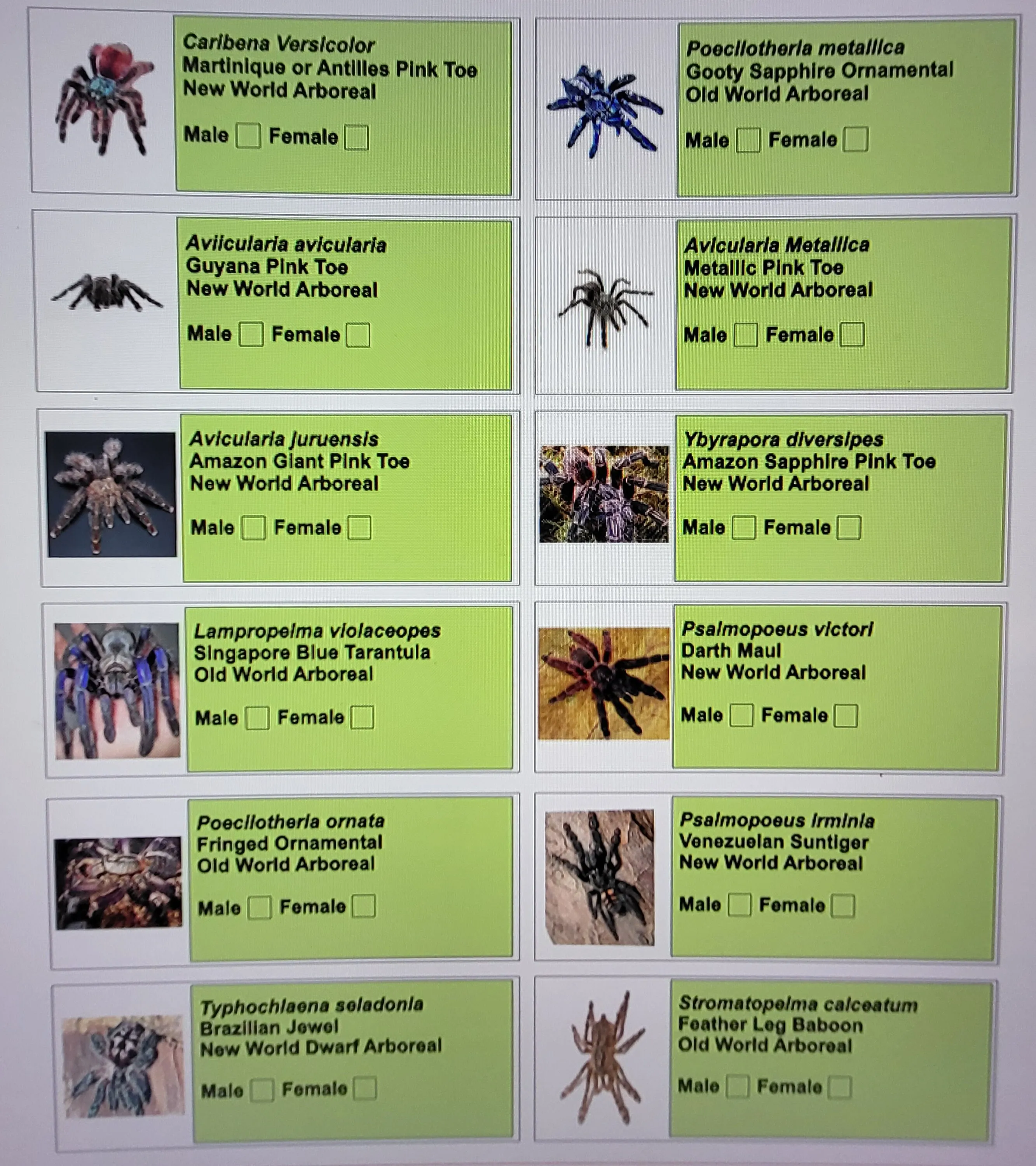Selecting the Right Tarantula Enclosure
Setting up a tarantula enclosure is a crucial first step in providing a safe and thriving environment for your pet. The right enclosure ensures your tarantula’s well-being, allowing it to exhibit natural behaviors and maintain good health. This guide will help you navigate the process of choosing, setting up, and maintaining the ideal tarantula habitat, from selecting the perfect size to managing humidity and preventing escapes. A well-designed enclosure not only meets the tarantula’s basic needs but also enhances your enjoyment of observing these fascinating creatures. Careful planning and execution are essential for a happy, healthy spider and a rewarding experience for you.
Choosing the Perfect Size
The size of the enclosure is paramount. A tarantula needs enough space to move around, molt, and feel secure. A general rule of thumb is to provide an enclosure that is at least twice the tarantula’s leg span in width and length. For arboreal species, height is also critical, allowing them to climb and establish themselves in the upper reaches of the enclosure. Overly large enclosures can sometimes make it harder for a tarantula to find food, especially for smaller spiderlings, and can make them feel less secure. Consider the adult size of your tarantula when making your choice, as you will want to avoid frequent housing changes as the spider grows.
Considering Your Tarantula’s Species
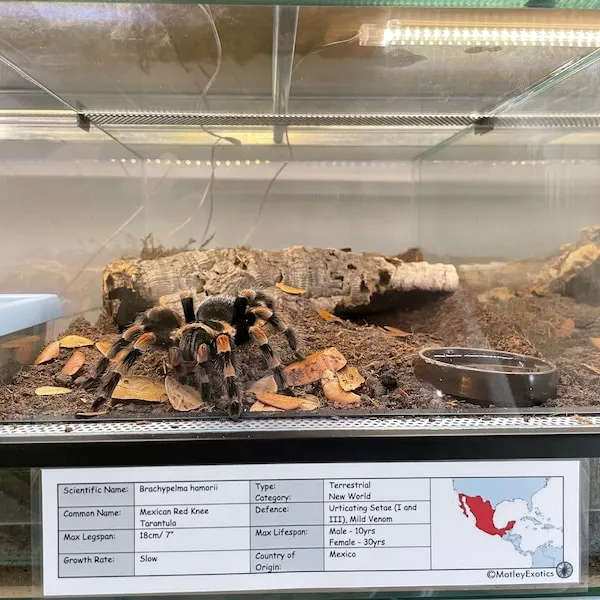
Different tarantula species have varying needs. Terrestrial species generally require more floor space, while arboreal species need more vertical space for climbing and web-building. Some species are more prone to burrowing and will need deeper substrate. Researching the specific requirements of your tarantula species is vital. Factors to consider include humidity, temperature, and preferred substrate depth. Some species may also be more sensitive to ventilation or require specific types of decorations. Failure to account for species-specific needs can lead to stress, health problems, and a reduced lifespan for your tarantula.
Ventilation is Key
Proper ventilation is essential to prevent mold and maintain healthy air quality. Enclosures should have adequate airflow to prevent the buildup of stagnant, humid air, which can promote the growth of harmful fungi and bacteria. Mesh tops are a common solution, but ensure the mesh is fine enough to prevent escapes. Cross-ventilation is ideal, with air entering from one side and exiting from another. Avoid enclosures that trap moisture or restrict airflow. Regularly check the enclosure for signs of condensation or mold, and adjust ventilation as needed to maintain a balanced environment.
Optimal Enclosure Materials
The material of the enclosure should be durable, easy to clean, and safe for your tarantula. Glass and acrylic enclosures are popular choices because they offer excellent visibility. Glass is scratch-resistant and holds humidity well, but it can be heavy. Acrylic is lighter and provides better insulation but can scratch more easily. Avoid enclosures made of materials that can be harmful if ingested or that do not provide sufficient ventilation. The enclosure should also be escape-proof, with a secure lid and no gaps that the tarantula could exploit.
Essential Enclosure Accessories
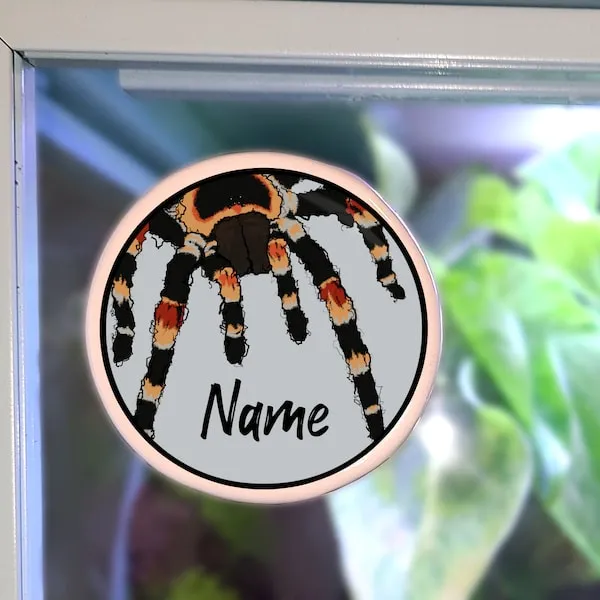
Substrate Selection
The substrate serves several purposes, including providing a surface for the tarantula to walk on, burrow in, and molt. The best substrate will also help to maintain humidity levels. Common options include coconut fiber (eco earth), peat moss, and a mix of vermiculite and soil. Avoid substrates that are dusty or contain chemicals that could be harmful to your tarantula. The depth of the substrate should be appropriate for the species, with burrowing species needing a deeper layer to facilitate natural behavior. Change the substrate regularly to prevent the buildup of waste and potential health issues.
Water and Humidity Management
Providing a clean water source is critical. Use a shallow water dish that the tarantula can easily access. Regularly refill the dish with fresh, dechlorinated water. Humidity levels are also important and will vary depending on the species. Monitor humidity with a hygrometer and adjust ventilation and misting as needed. Misting the enclosure can help to maintain the right humidity, but avoid over-misting, which can lead to mold growth. Ensure that the enclosure has adequate ventilation to prevent the environment from becoming overly humid. Some species require higher humidity levels than others, so research your species’ specific needs.
Decorating for Enrichment
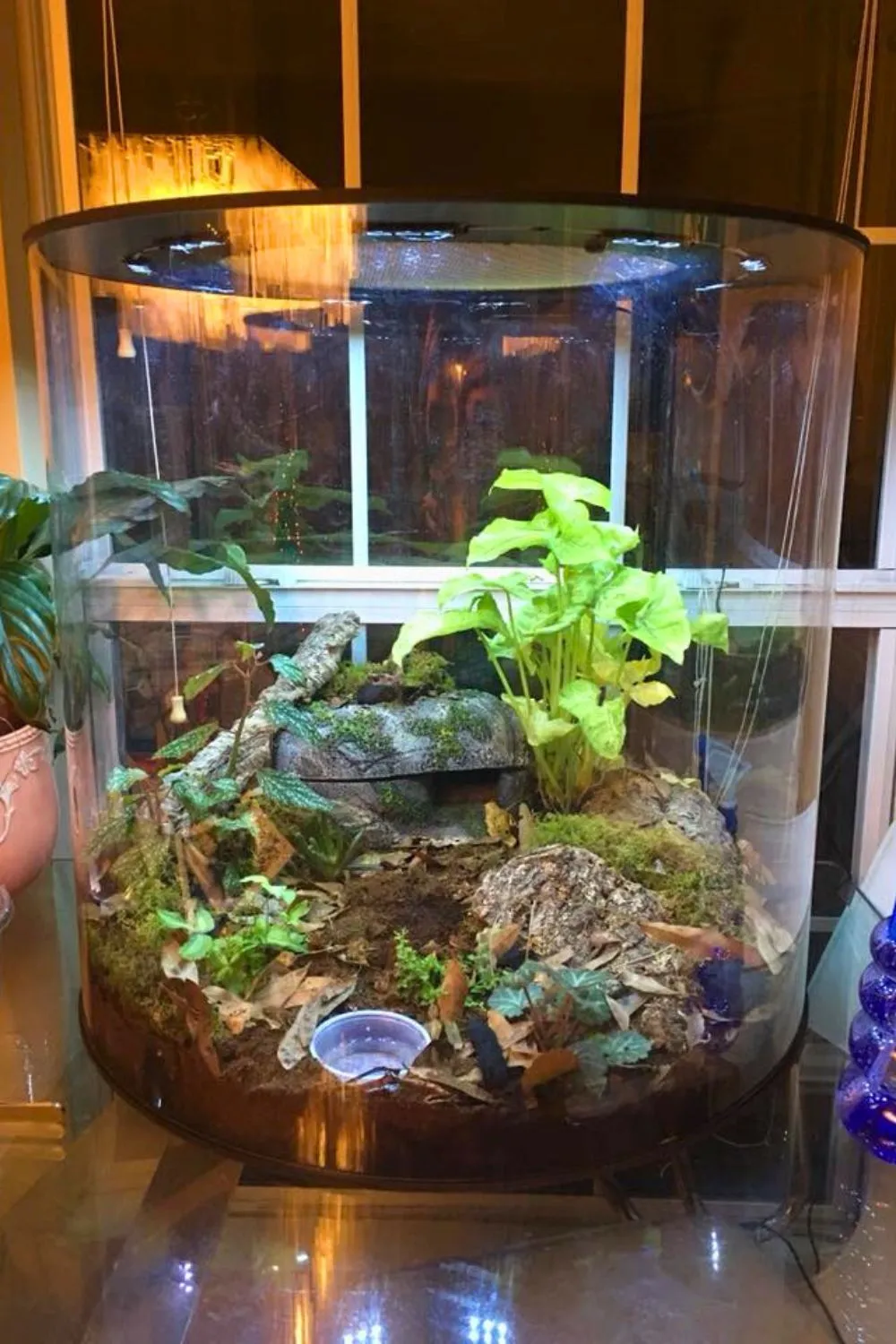
Decorations provide enrichment and a more natural environment. Use decorations that offer hiding places, such as cork bark, artificial plants, or hollow logs. These elements allow your tarantula to feel secure and express natural behaviors. Ensure decorations are non-toxic and do not have sharp edges that could harm your pet. Arrange the decorations to create a varied landscape and provide opportunities for exploration. Avoid overcrowding the enclosure, which can limit the tarantula’s movement.
Creating Hides and Shelters
Hides and shelters are essential for reducing stress. Tarantulas are naturally secretive and feel safer when they have a place to retreat. Cork bark, half logs, and commercially available hides are all excellent options. Provide at least one hide, and consider placing it in a location that provides privacy. The hide should be appropriately sized for the tarantula, allowing it to comfortably fit inside. Ensure the hide is stable and does not pose any risk of collapse.
Adding Live Plants and Decorations
Live plants can help maintain humidity and provide a more natural look. Choose plants that are safe for tarantulas, such as Pothos or Sansevieria. Ensure the plants are pesticide-free. Artificial plants can also be used. Avoid decorations with small, removable parts that could be ingested. Arrange the decorations to provide cover and visual interest without impeding the tarantula’s movement. Regularly clean the decorations to prevent the buildup of waste and mold.
Setting Up the Enclosure
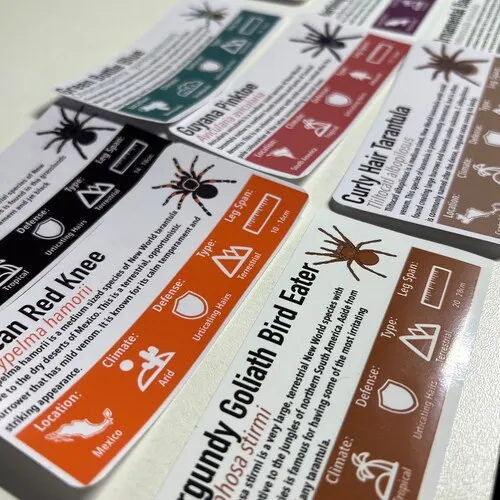
Preparing the Enclosure
Before introducing your tarantula, thoroughly clean and prepare the enclosure. Wash the enclosure with warm water and a mild soap, rinse thoroughly, and allow it to dry completely. Ensure that all decorations and accessories are also cleaned and ready for placement. Prepare the substrate, adding it to the appropriate depth for your tarantula’s species. Consider the placement of decorations to create an appealing and functional environment. Check the ventilation and make sure everything is secure before adding your tarantula.
Adding Substrate and Decor
After cleaning, add the substrate to the enclosure. The depth of the substrate will vary depending on the species. For burrowing species, provide a deep layer to encourage natural behavior. For arboreal species, a shallower layer is usually sufficient. Arrange the decorations, including hides, water dishes, and any plants, to create a stimulating environment. Ensure that all items are stable and securely placed to prevent accidents. Create a visually appealing layout that also provides ample space for movement.
Introducing Your Tarantula
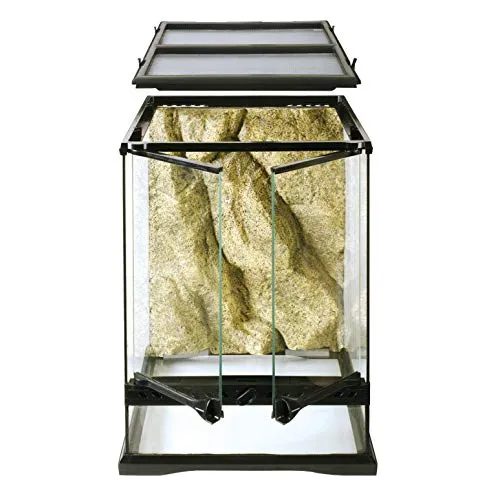
Once the enclosure is set up, it’s time to introduce your tarantula. Carefully move the tarantula from its transport container into its new home. Allow the tarantula to acclimate to its surroundings. Provide a hide where it can retreat and feel secure. Observe the tarantula for a few days to ensure it is settling in well. Provide food and water as needed, and monitor humidity and temperature levels. It may take a few days for the tarantula to fully explore its new enclosure, so patience is key.
Maintaining Your Tarantula Enclosure
Cleaning and Waste Removal
Regular cleaning is essential for maintaining a healthy environment. Spot-clean the enclosure weekly by removing uneaten food and any visible waste. Change the substrate as needed, typically every few months or more frequently if it becomes soiled. During substrate changes, completely clean the enclosure and all decorations. Use appropriate cleaning agents and rinse everything thoroughly to avoid any harmful residues. Regular cleaning prevents the buildup of waste and reduces the risk of mold and bacterial growth.
Monitoring Humidity and Temperature
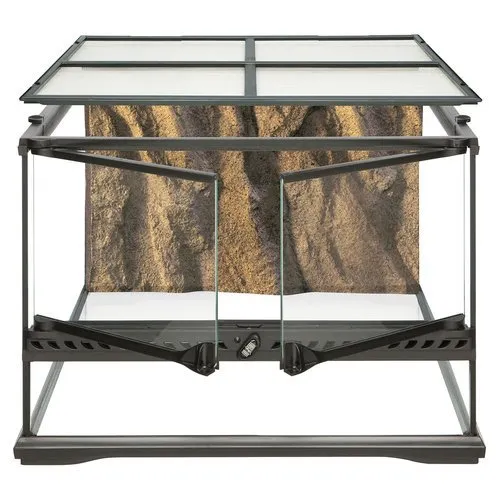
Consistent monitoring of humidity and temperature is essential. Use a hygrometer and thermometer to track these parameters. Adjust the humidity by misting the enclosure as needed and ensuring proper ventilation. Temperature requirements will vary depending on the species, so research the optimal temperature range for your tarantula. Use a heat source, such as a heat mat, if necessary, but avoid direct contact with the enclosure. Regularly check the equipment to make sure it is functioning correctly and poses no safety hazards.
Feeding and Watering
Provide a varied diet of insects, such as crickets, roaches, or mealworms, appropriate for your tarantula’s size. The frequency of feeding will depend on the species and the tarantula’s age. Offer a clean water source at all times. Refill the water dish with fresh, dechlorinated water regularly. Remove any uneaten food within 24 hours to prevent the buildup of waste. Observe your tarantula’s feeding habits and adjust the diet as needed. Always ensure the food source is from a reputable source and is free from pesticides.
Troubleshooting Common Enclosure Issues
Mold and Fungus Prevention
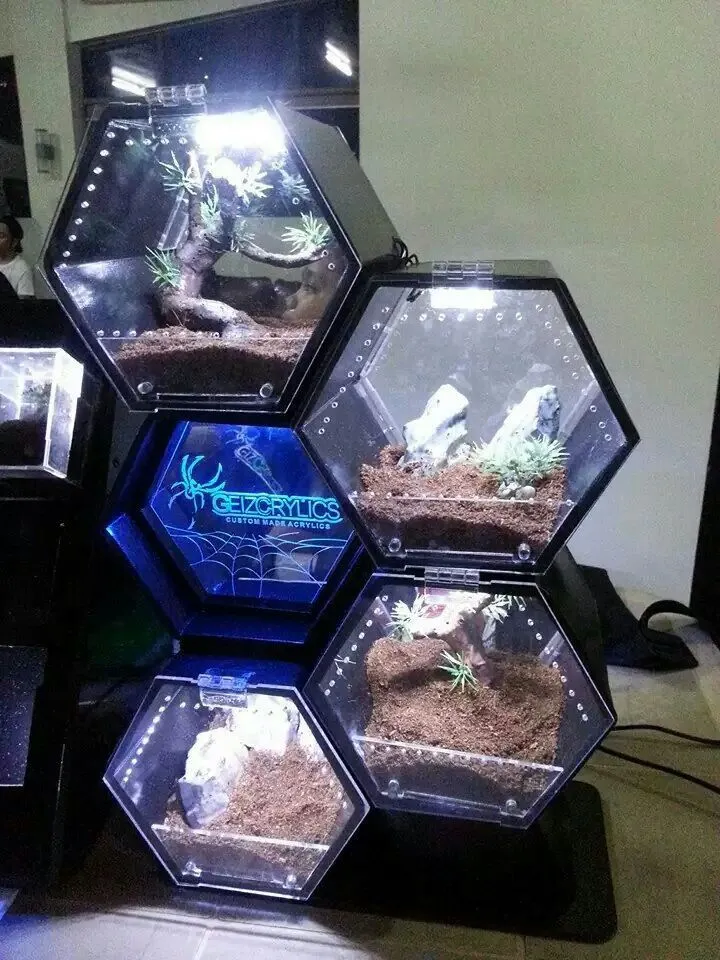
Mold and fungus can be detrimental to your tarantula’s health. To prevent mold growth, ensure proper ventilation and avoid over-misting. Remove any uneaten food and waste promptly. Regularly inspect the enclosure for signs of mold, and address any outbreaks immediately. Replace the substrate if mold appears, and clean the enclosure thoroughly. Consider using a substrate that is less prone to mold growth, such as coconut fiber. Maintaining a balanced humidity level is key to preventing mold problems.
Dealing with Escapes
Escapes can be stressful, so prevent them by using a secure enclosure. Ensure the lid is securely fastened and check for any gaps or weaknesses. If an escape occurs, remain calm and try to locate the tarantula. Close off any potential escape routes from the room and search carefully. Use a flashlight to check under furniture and in dark corners. Once the tarantula is found, carefully coax it back into its enclosure. Identify and correct any weaknesses in the enclosure to prevent future escapes.
Maintaining a Healthy Environment
Maintaining a healthy environment is critical to your tarantula’s well-being. Regularly monitor all aspects of the enclosure, including temperature, humidity, ventilation, and the cleanliness of the substrate. Provide proper nutrition and access to clean water. Observe your tarantula’s behavior for any signs of stress or illness. By proactively addressing any issues and providing optimal conditions, you can ensure your tarantula lives a long, healthy, and fulfilling life. A well-maintained enclosure is the cornerstone of successful tarantula keeping.
